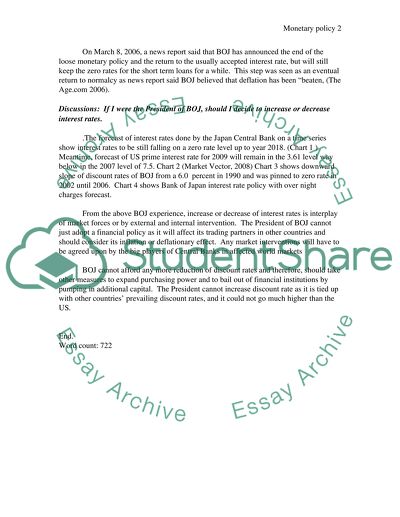The Monetary Policy in Japan Essay Example | Topics and Well Written Essays - 500 words. Retrieved from https://studentshare.org/finance-accounting/1551368-the-monetary-policy-in-japan
The Monetary Policy in Japan Essay Example | Topics and Well Written Essays - 500 Words. https://studentshare.org/finance-accounting/1551368-the-monetary-policy-in-japan.


